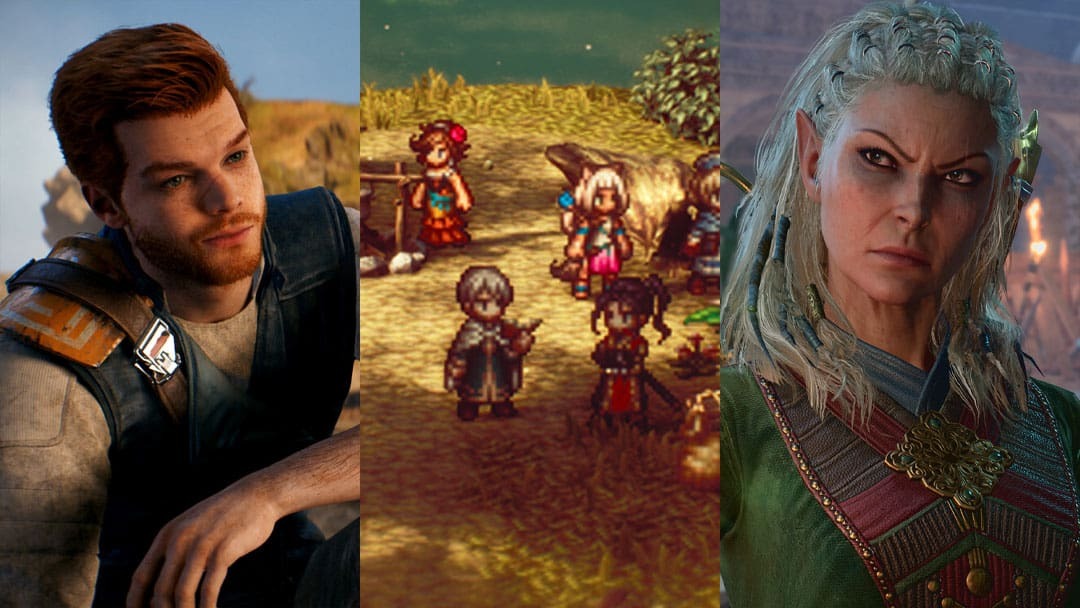Video games have come a long way since their inception, evolving from simple, pixelated adventures to complex, immersive narratives that rival the storytelling prowess of other entertainment mediums like literature and film. This article delves into the fascinating journey of narrative and storytelling in video games, exploring how this essential aspect of gaming has evolved and continues to shape the industry.
The Early Days: Pioneering Narrative in Video Games
Text-Based Adventures
In the early days of video games, narrative was conveyed primarily through text-based adventures. Games like “Zork” and “Adventureland” relied on players typing commands to interact with the game world and progress the story. While rudimentary by today’s standards, these games laid the foundation for narrative exploration in the medium.
Arcade Era
During the arcade era, storytelling took a backseat as the focus shifted to high scores and gameplay. Most arcade games featured simple premises—rescue the princess, defeat the invaders—serving as loose backdrops for gameplay rather than intricate narratives.
The Rise of Home Consoles: A New Frontier for Storytelling
Nintendo’s Contribution
The advent of home consoles like the Nintendo Entertainment System (NES) brought a renewed emphasis on storytelling. Games like “The Legend of Zelda” and “Super Mario Bros.” introduced players to memorable characters and worlds, setting the stage for more elaborate narratives in the industry.
Role-Playing Games (RPGs)
Role-playing games played a pivotal role in advancing storytelling in video games. Titles like “Final Fantasy” and “Chrono Trigger” offered epic, character-driven narratives with complex plots and emotional depth. These games proved that video games could deliver profound storytelling experiences.
The Transition to 3D: A New Dimension of Narrative
The Emergence of 3D Graphics
The transition to 3D graphics in the mid-90s opened up new storytelling possibilities. Games like “The Legend of Zelda: Ocarina of Time” and “Metal Gear Solid” used 3D environments and cinematic cutscenes to immerse players in their narratives, blurring the lines between games and interactive movies.
The Impact of Voice Acting
The inclusion of voice acting further enhanced storytelling in video games. Characters could now express themselves through nuanced performances, deepening players’ emotional connections to the narrative. Games like “Half-Life” and “Silent Hill 2” are notable examples of this evolution.
Modern Gaming: Narrative Diversity and Artistic Ambition
Narrative-Driven Titles
In recent years, narrative-driven games have flourished. Titles like “The Last of Us,” “Red Dead Redemption 2,” and “The Witcher 3” have garnered critical acclaim for their gripping stories, well-developed characters, and morally complex choices that shape the narrative.
Indie Game Revolution
The rise of indie games has brought diverse and experimental narratives to the forefront. Games like “Undertale” and “Celeste” prove that engaging storytelling doesn’t require massive budgets. These indie titles often explore unique themes and tackle emotional storytelling with artistic flair.
The Future of Video Game Narratives
Virtual Reality (VR) and Immersion
Virtual reality promises to revolutionize storytelling by allowing players to immerse themselves fully in game worlds. VR titles like “Half-Life: Alyx” provide a glimpse into the future, where narratives can be experienced in entirely new ways.
Artificial Intelligence (AI)
AI-driven storytelling is an emerging trend. Games are starting to use AI to adapt narratives based on player choices, creating personalized experiences. This technology has the potential to make every playthrough of a game unique.
Cross-Media Narratives
Video games are increasingly becoming part of larger transmedia narratives, with stories spanning multiple platforms like books, comics, and movies. This approach deepens engagement with the game world and its characters.
Conclusion: A Rich Tapestry of Stories
From humble text-based beginnings to the sprawling, cinematic narratives of today, the evolution of storytelling in video games is a testament to the medium’s artistic and narrative potential. As technology continues to advance and creativity knows no bounds, the future promises even more exciting developments in video game narratives, ensuring that players will continue to embark on unforgettable storytelling journeys in this ever-evolving medium.
